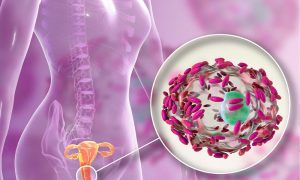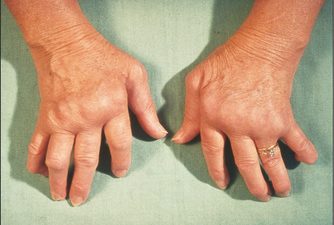Many women experience symptoms of vaginal dysbiosis. Profuse discharge, milky gray in color and with an unpleasant odor is often confused with “thrush” and “appropriate” self-medication is carried out.
In most cases, this strategy will hurt rather than help, as bacterial vaginosis (BV) may be the cause.
What is bacvaginosis
According to the official definition, it is a non-inflammatory disease of the vagina, characterized by a sharp decrease or complete absence of lactoflora and its replacement by anaerobic bacteria, among which the most common are Gardnerella vaginalis (gardnerella) and Atopobium vaginae (atopobium).
In healthy women of reproductive age, the vaginal microbiome is 95% represented by lactobacilli. Their capacity for acidification (lactic acid) and hydrogen peroxide production helps to maintain an acidic pH and inhibit the growth of other microorganisms.
The remaining 5% of microflora is occupied by more than 300 types of aerobic and anaerobic microorganisms, including:
gram-positive rods – Corynebacterium spp., Eubacterium spp., Bifidobacterium spp., Propionibacterium spp., Clostridium spp.;
gram-negative bacilli (14-55%) – Bacteroides spp., Fusobacterium spp., Prevotella spp., Porphyromonas spp., Leptotrichia spp.;
gram-positive cocci (30-80%) – Peptostreptococcus spp., Peptococcus spp., Staphylococcus spp., Micrococcus varians, Enterococcus spp., Streptococcus viridans, etc.
gram-negative cocci – Veilonella spp., Acidominococcus fermentans, non-pathogenic Neisseria spp.,
enterobacteria – Echerihia coli, Klebsiella spp., Enterobacter spp., Citrobacter spp. and etc.
All this diversity of bacteria is part of the normal “female” biocenosis, causing no symptoms or requiring treatment. However, this is legitimate as long as their number of lactobacilli does not begin to decline, and the rest – to grow.
Risk factors and symptoms
Why such a “shift” is taking place is not yet known for certain. However, risk factors include:
previous inflammatory diseases of the genital tract,
long-term and uncontrolled intake of antibiotics,
hormonal disorders (menstrual disorders),
long-term use of the IUD,
taking oral contraceptives.
Colonization of the vagina by microflora associated with bacvaginosis, especially Gardnerella vaginalis and Atopobium vaginae, is accompanied by:
by shifting the pH towards the alkaline side (> 4.5),
the appearance of abundant (sometimes frothy) milky gray discharge
the appearance of a characteristic “fishy” odor, intensified by alkalization of the medium (sexual intercourse, menstruation).
Edema and redness are usually not observed, which is a hallmark of common vaginitis and vaginal candidiasis https://en.wikipedia.org/wiki/Vaginal_yeast_infection (“thrush”).



